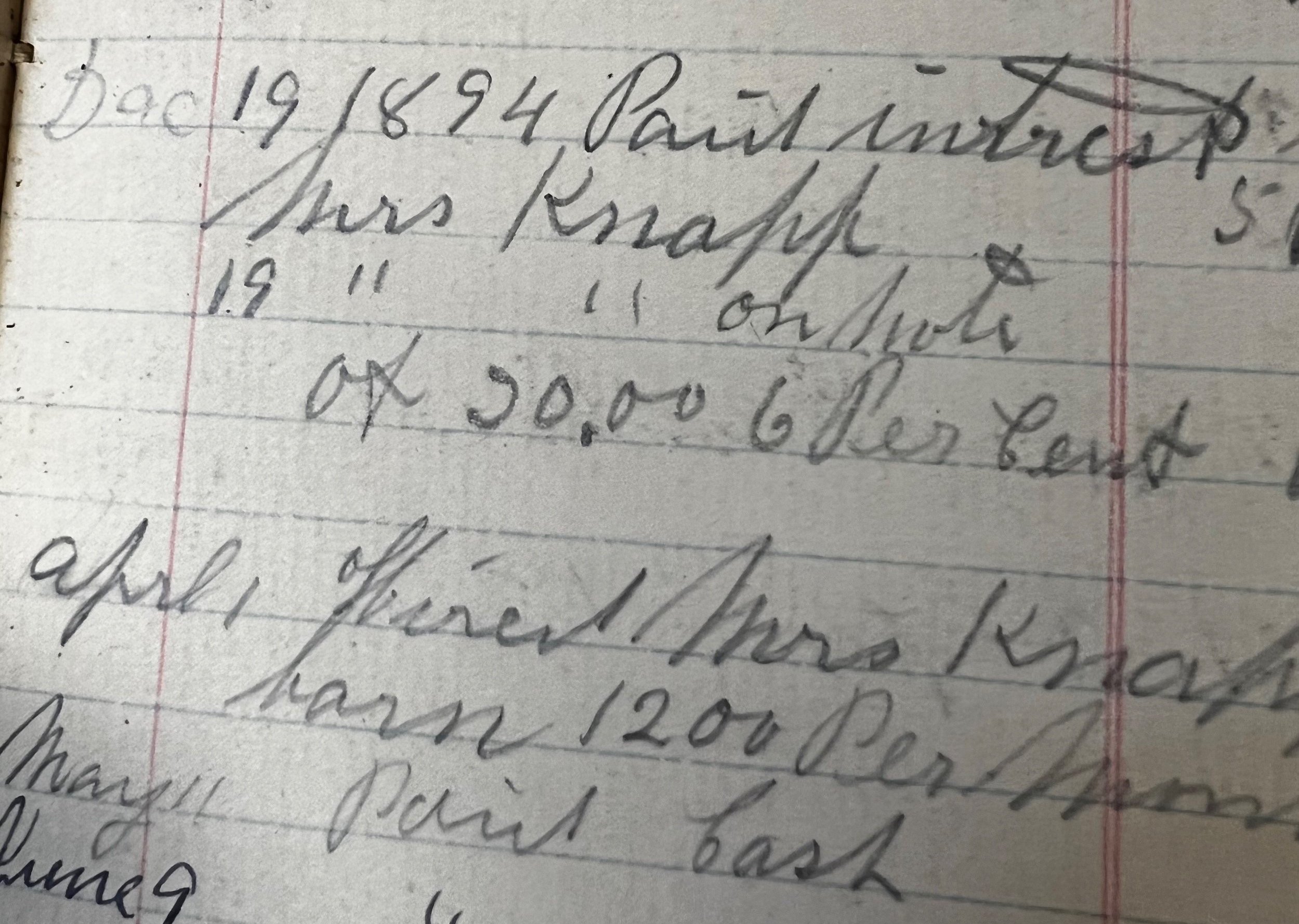For over a century, the Village of Haverstraw was a refuge, a sanctuary, and an opportunity for millions of immigrants and African American migrant workers from all over the world to work in the brickyards. Their combined labors contributed to building one of the greatest cities in the world, New York.
We recognize and acknowledge the labor upon which our country, state, and institution's infrastructure was built. We remember our country was built on the labor of enslaved people and their descendants who were sold, kidnapped, ensnared, or deported and brought to the US from their country of origin against their will. Also, we acknowledge the indigenous, undocumented, immigrant, voluntary, and involuntary people whose efforts were exploited, unheard, unacknowledged, and untold.
As we continue to learn, we are indebted to their labor and sacrifice as we honor and celebrate the resilience of the survivors and their descendants for telling these stories. As a historical institution, we commit to creating a future community founded on respect and healing by building bridges toward mutual understanding.
As we celebrate the end of black history month and the beginning of women's history month, the Haverstraw Brick Museum acknowledges the significant contributions of two often left-out communities whose behind-the-scenes labor helped build, sustain, and manage the day-to-day operations of the brickyards of Haverstraw.
Photograph of the Malley Brickyard workers, circa 1900s, Dan DeNoyelles Collection, Haverstraw Brick Museum Archives
By 1883, with over 41 brickyards, Haverstraw produced over 300 million bricks a year. This lasted for over a decade as the building boom in nearby New York City increased demand. During this time, over 2/3rds of New York City was made with Haverstraw Bricks. In the 1900s, significant numbers of African Americans moved to Haverstraw from Virginia, Georgia, and the Carolinas, where they were recruited to work in brickyards. By this time, African Americans constitute nearly 60% of the brickyard labor force. The Peck and De Noyelles brickyards recruited heavily, often paying passage for workers who wanted to make the trip north.
ORAL HISTORIES TELL US THAT WOMEN ALSO WORKED IN THE BRICKYARDS
But the Museum archives have few photographs of women at work. The brickyard ledgers and first-hand accounts show that women often had the same job as the children who worked “spatting” the bricks. This was the process by which excess clay was knocked off the bricks in preparation for drying in the sun. Once dry, the green bricks were stacked on edge and spaced for air circulation at the height of 12 bricks high—a process called “hacking.” A complete hack contained 10,000-12,000 bricks and was most often done by women and children. According to our archives, Women earned $2.00 a day, and children earned on average $1.25 a day.
While we have no photographs, we also show timesheets in our ledgers that name women and children as earning money transporting bricks onto the brick barges and selling goods or sundries to the brick captains.
Brickyard owners’ wives and daughters often led the Charities in the Community and advocated for the workers. Records from the Beacon Historical Society also show that women could hold minority shareholder positions in the brickyards and often had the role of advocating for the tenants as collectors of the weekly rent.
Brickyard Ledger, Aldrich Collection, Beacon Historical Society Archives
Working in the brickyards was hard, dusty, and difficult labor. First-hand accounts describe the workers walking up Main Street, followed by a cloud of red brick dust, their once white shirts a pale salmon color after a day of working in the brickyards. Maintaining the coal fires for the scove kilns, which could contain upward of 30 to 50,000 bricks per arch (one kiln could contain eight to forty arches depending on the kiln size equaling 300-400,000 bricks per kiln), was a hot, dangerous job. Kilns reached a high temperature of 1,700-1,800 degrees Fahrenheit. Workers maintained for up to ten hours to mature into hard bricks before being slowly cooled for a week and manually dismantled.
By the late 1800s, Haverstraw Brickyard owners began to experience labor shortages as the first generations of Irish and Italian immigrants moved upstate to buy land and start brickyards of their own.
Men shoveling coal for burning of a Kiln with over 1,000,000 bricks, Haverstraw 1912, Dan DeNoyelles Collection, Haverstraw Brick Museum Archives
During the Great Migration, 60% of 2/3rds of the buildings built in New York City were through the hard labor and efforts of the African Americans who worked in the Brickyards of Haverstraw.
DeNoyelles Brick Co. showing burning shed with workers opening a newly burned Scove kiln c. 1925, Dan DeNoyelles Collection, Haverstraw Brick Museum Archives
Mrs. Knapp, was paid $12.00 for the use of her barn, 1894 ledger, Haverstraw Brick Museum Archives
Women, particularly widows, could lease or rent their land for use by the brickyard owners. Immigrant and Migrant Women also played domestic roles, doing laundry or sewing piecework for extra income.
Photo of young women sewing laundry, Circa 1900s, Haverstraw Brick Museum Archives
Brickyard Ledger, Aldrich Collection, Beacon Historical Society Archives
The role of Women and African Americans in the Brickyards is a continuing story as we research, learn, and gather information. These documents represent just one small piece of a much larger story. While the Museum has many primary source materials to tell the story of the brickyards and their impact on the building of the infrastructure of New York, we acknowledge that much needs to be added to the narrative. As historical detectives, we strive to tell as complete a picture as possible because “everyone has something to point to and something to be proud of.”










